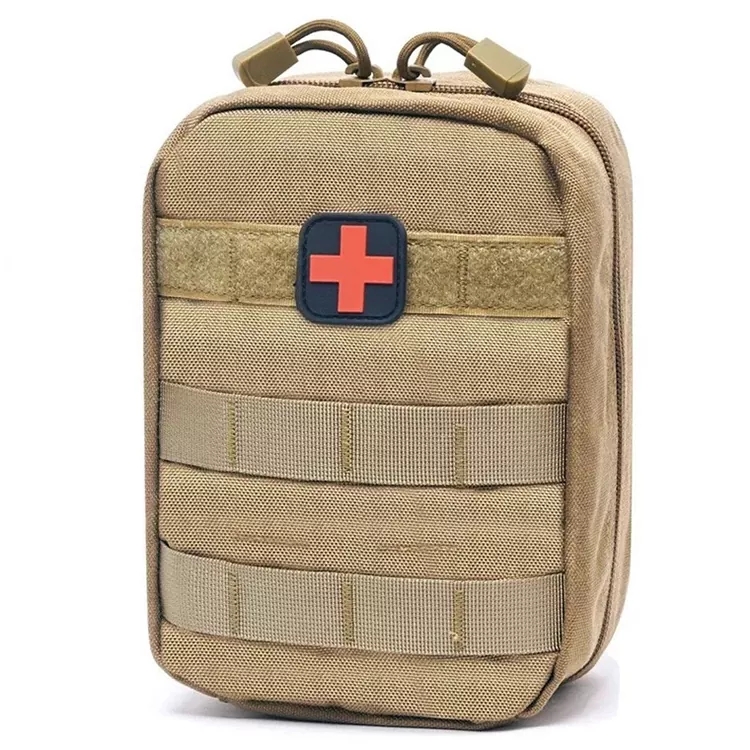What are the characteristics of Outdoors First AID Kit?
2023-06-20
An outdoors first aid kit is specifically designed to meet the unique challenges and requirements of outdoor activities and adventures. It should be portable, lightweight, and contain supplies that address the potential injuries and emergencies encountered in outdoor environments. Here are some characteristics and items typically found in an outdoors first aid kit:
Compact and portable: The kit should be compact and lightweight, making it easy to carry during outdoor activities such as hiking, camping, or backpacking. Consider a durable and waterproof container or bag to protect the contents from the elements.
Adhesive bandages and dressings: Include a variety of adhesive bandages of different sizes to cover minor cuts, blisters, or abrasions. Sterile gauze pads and adhesive tape are also essential for larger wounds.
Antiseptic wipes and ointments: Antiseptic wipes or solutions can be used to clean wounds and prevent infection. Consider including antibiotic ointments or creams to apply to cuts and scrapes.
Blister care: Outdoor activities often involve a lot of walking or hiking, which can lead to blisters. Include moleskin or blister pads to protect and cushion affected areas, as well as blister treatment solutions.
Tweezers and tick removal tool: Fine-pointed tweezers are crucial for removing splinters, debris, or ticks from the skin. Tick removal tools specifically designed to safely remove ticks without leaving the mouthpart embedded can be beneficial for outdoor enthusiasts.
Cold compress: Instant cold packs or reusable cold compresses are useful for reducing swelling and relieving pain caused by strains, sprains, or minor injuries.
Elastic bandages and wraps: Elastic bandages and wraps provide support and compression for sprains, strains, or joint injuries. They are lightweight and can be easily applied to affected areas.
Safety pins and scissors: Safety pins are versatile for securing bandages or makeshift slings, while a small pair of scissors can be used to cut clothing, tape, or bandages.
Emergency whistle and signaling mirror: These items are helpful for attracting attention or signaling for help in case of emergencies or getting lost in outdoor settings.
Insect repellent and sting relief: Insect repellents can help prevent bug bites and stings, while sting relief solutions or creams can soothe the discomfort of insect or bee stings.
Sunscreen and lip balm: Outdoor activities often expose individuals to prolonged sun exposure. Including sunscreen with a high SPF and broad-spectrum protection, as well as lip balm with SPF, helps prevent sunburn and protect the skin.
Medications and personal prescriptions: Depending on individual needs, it may be advisable to include personal medications, such as allergy medication, pain relievers, or any necessary prescription medications.
Emergency blanket: Lightweight, heat-reflective emergency blankets provide insulation and warmth in case of exposure to cold or extreme weather conditions.
Remember to regularly check and restock your outdoors first aid kit, replacing any expired or used items. Additionally, consider customizing your kit to match the specific activities you engage in, such as adding items like water purification tablets, a snakebite kit, or additional supplies relevant to your outdoor pursuits.




